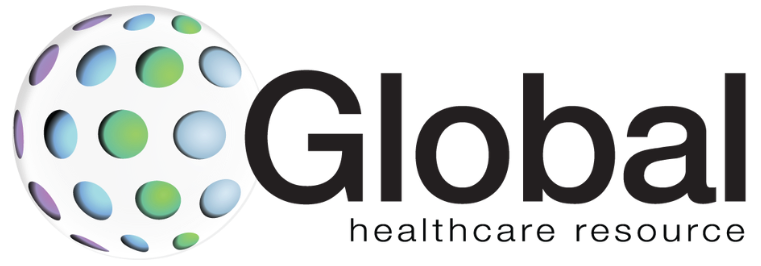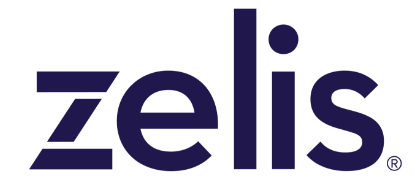
The healthcare industry has a data paradox. Globally, there’s an estimated 2.5 zettabytes of healthcare data – but only a fraction of it is actually usable. And the overwhelming majority of that usable data exists in silos.
That’s a problem for R&D leaders. Without secure and accessible data sharing, teams miss out on opportunities to accelerate research and time to market for new drugs, therapies, and medical devices.
Enter data clean rooms. They allow organizations to break down industry-wide data silos and share data with research partners while maximizing compliance and confidentiality. With the right mindset and implementation, this tech could unlock enormous value for healthcare R&D.
In this article, we’ll explain how R&D leaders can use data clean rooms to accelerate research and innovation. But first, a closer look at healthcare’s data challenge.
Background: The data challenge in healthcare
Imagine a research institution in upstate New York focused on cancer treatment. Its researchers collect a lot of patient data. But because most study participants come from the local community – which is predominantly white – their findings often aren’t applicable to other populations. This lack of diversity limits their ability to quickly develop treatments that work for everyone.
The institution could improve its research with access to relevant data from other institutions. But strict privacy and regulatory requirements make data sharing complicated. And with the platforms available, exposing PII is simply too high a risk. As a result, the institution must settle for a slower R&D pace – and potentially limited applications.
Challenges like these are far too common. And while they may not hamstring every study or initiative, they can impact R&D when it’s most critical – like during a global pandemic.
Many research institutions recognized such a threat when human SARS-CoV-2 infections first spiraled out of control. Teams raced to share clinical data through an overlapping series of private and public platforms and registries. Together, these solutions helped the industry understand Covid-19 and develop a vaccine in months instead of years.
But this kind of data sharing shouldn’t be limited to public health crises. And with data clean rooms, it doesn’t have to be. In the next section: how this tech supports ongoing data collaboration throughout the healthcare ecosystem.
Data clean rooms maximize privacy, compliance, and control
Data clean rooms make it easier for research institutions, biopharmas, healthcare providers, and medtech companies to securely exchange data – with the granularity of control needed to protect sensitive patient information.
The clean room itself provides a neutral environment where R&D teams can jointly analyze aggregate, anonymized datasets. Teams can further protect patient data by establishing data ingestion rules (e.g., that require a minimum quantity of data samples in order to be visible in the clean room). Strictly speaking, the data never leaves its original home – orgs simply grant controlled access via the clean room for secure analysis.
Crucially, every collaborator gets to control exactly what goes into the data clean room. That’s helpful if an R&D team only wants to share data from specific studies or demographics. Collaborators can also establish user-specific access privileges so individuals only see data on a need-to-know basis.
With enhanced data sharing capabilities, R&D teams won’t just accelerate clinical trials and drug discovery. They’ll be able to design better studies, yield better research outcomes, and develop treatments that positively impact more patients.
Implementation demands a careful approach
Given the nature of patient data, it’s important to implement healthcare data clean rooms in a careful and compliant manner. That means choosing platforms that support HIPAA-compliant access controls, for instance. But it also means confirming whether platforms observe HL7 / FHIR standards for healthcare data sharing and interoperability.
There’s a number of third-party data clean room providers that offer capabilities and controls in line with industry best practices. Paired with an API management layer, it’s easy to streamline data flow in compliance with healthcare regulations.
As far as the pace of implementation goes, we recommend taking a “crawl, walk, run” approach. Here’s a closer look at each phase:
- Crawl – Take the time to scrutinize your data clean room’s compliance and privacy rules. And make sure patients can easily grant and revoke their consent to share their data. Then, choose one or two trusted partners to collaborate with – and limit the datasets you initially choose to exchange.
- Walk – Set a predefined trial period to confirm whether you’re seeing the research value you expect. If so, gradually expand the range of data you share with your partners, but keep your clean room environment simple with out-of-the-box platform capabilities.
- Run – As you continue to see value, consider establishing more partnerships to expand your access to data. Continue to perform regular value checks to measure the impact of your data clean room investment.
The bottom line? With a careful implementation strategy, R&D teams can more quickly and safely reap the benefits of healthcare data clean rooms.
Embrace a future of secure data collaboration
For decades, accessibility barriers have made it difficult to harness the full power of the healthcare data ecosystem. But data clean rooms create a path forward.
R&D teams now have the technology to foster secure data collaboration, speed up clinical trials, and ultimately put more life-changing treatments in patients’ hands. The orgs that embrace this technology will position themselves at the forefront of innovation. The question is how quickly leaders will act.
Photo: Yuichiro Chino, Getty Images
Luiz Cieslak is an SVP at CI&T a global digital specialist. CI&T’s Life Sciences and Healthcare team partners with pharmaceutical companies, consumer healthcare firms, and medical device manufacturers to create better experiences for patients and healthcare professionals.
This post appears through the MedCity Influencers program. Anyone can publish their perspective on business and innovation in healthcare on MedCity News through MedCity Influencers. Click here to find out how.











